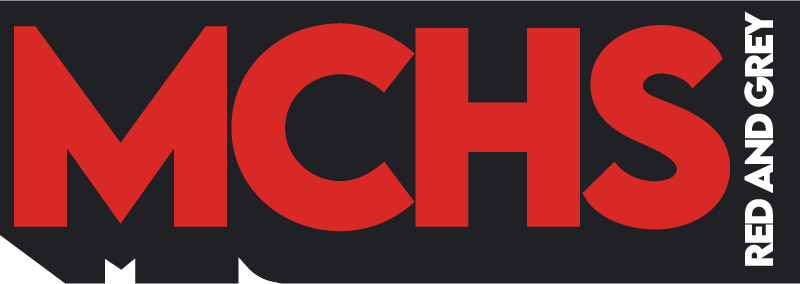
The healthcare stock market has recently experienced noticeable swings following the release of new Medicare Advantage quality ratings for the 2026 plan year. These ratings play a vital role in determining the performance and incentives of Medicare Advantage plans, which cover millions of Americans. Investors are closely watching how these changes affect healthcare providers and insurers, leading to fluctuating stock prices.
Medicare Advantage plans are increasingly popular due to their comprehensive coverage and benefits. The quality ratings system helps ensure that these plans maintain high standards. As more details emerge about the 2026 ratings, companies’ market valuations respond quickly to potential impacts on their revenue and customer satisfaction. Understanding these ratings can be crucial for investors and policyholders alike.
What Are Medicare Advantage Quality Ratings?
Medicare Advantage quality ratings are part of a system created by the Centers for Medicare & Medicaid Services (CMS) to evaluate health plans based on various performance measures. These ratings range from one to five stars, reflecting how well the plans provide care and services. Higher ratings often lead to greater bonuses and increased enrollment, making them essential for the plans’ success.
Ratings take into account factors such as customer service, member experience, preventive care, and health outcomes. The 2026 plan year introduces updated measures aimed at improving transparency and quality in the healthcare industry. Medicare Advantage plans strive to enhance their scores to attract more members and improve their financial standing.
Impact on Healthcare Stocks
The release of the 2026 Medicare Advantage quality ratings has caused healthcare stocks, particularly those of insurers and related providers, to show volatility. Investors are reacting to which plans received higher or lower scores. Companies with improved ratings may see stock prices rise because better scores generally translate into financial bonuses and higher enrollee satisfaction.
Conversely, plans with reduced ratings might face reduced government incentives and loss of market share, causing their stock prices to drop. This response from the stock market signals the importance of quality ratings in shaping the financial outlook of healthcare companies, and it highlights the growing investor focus on healthcare policy and regulation.
Why This Matters to Younger Investors and Policyholders
Younger investors interested in healthcare stocks should pay close attention to these developments as Medicare Advantage plans continue to grow. The aging US population means demand for quality healthcare plans will increase, creating both risks and opportunities. Being informed about the rating system helps younger investors make smarter choices in this sector.
For policyholders, especially those planning for retirement, understanding quality ratings can guide them in selecting plans offering the best care. Reliable ratings mean better health outcomes and more efficient access to services. Knowing the impact on stock markets also helps them appreciate the forces shaping the healthcare industry.
Looking Ahead: What to Expect in 2026 and Beyond
As Medicare Advantage quality ratings become more refined, healthcare companies will continue to innovate and improve their services. This dynamic environment suggests that investors should stay updated with CMS announcements and adjust their strategies accordingly. The 2026 ratings offer a preview of changes that could influence the entire healthcare landscape for years to come.
The Centers for Medicare & Medicaid Services regularly publishes updates accessible on their site, allowing investors and consumers to track plan performances. For more detailed information, you can visit the CMS Medicare Advantage Quality Ratings page and stay informed about how these ratings may evolve.
Conclusion
Medicare Advantage quality ratings for the 2026 plan year have sparked significant movements in healthcare stocks, reflecting the close relationship between plan performance and financial outcomes. Both investors and consumers need to understand these rankings to navigate the complexities of the healthcare market confidently.









